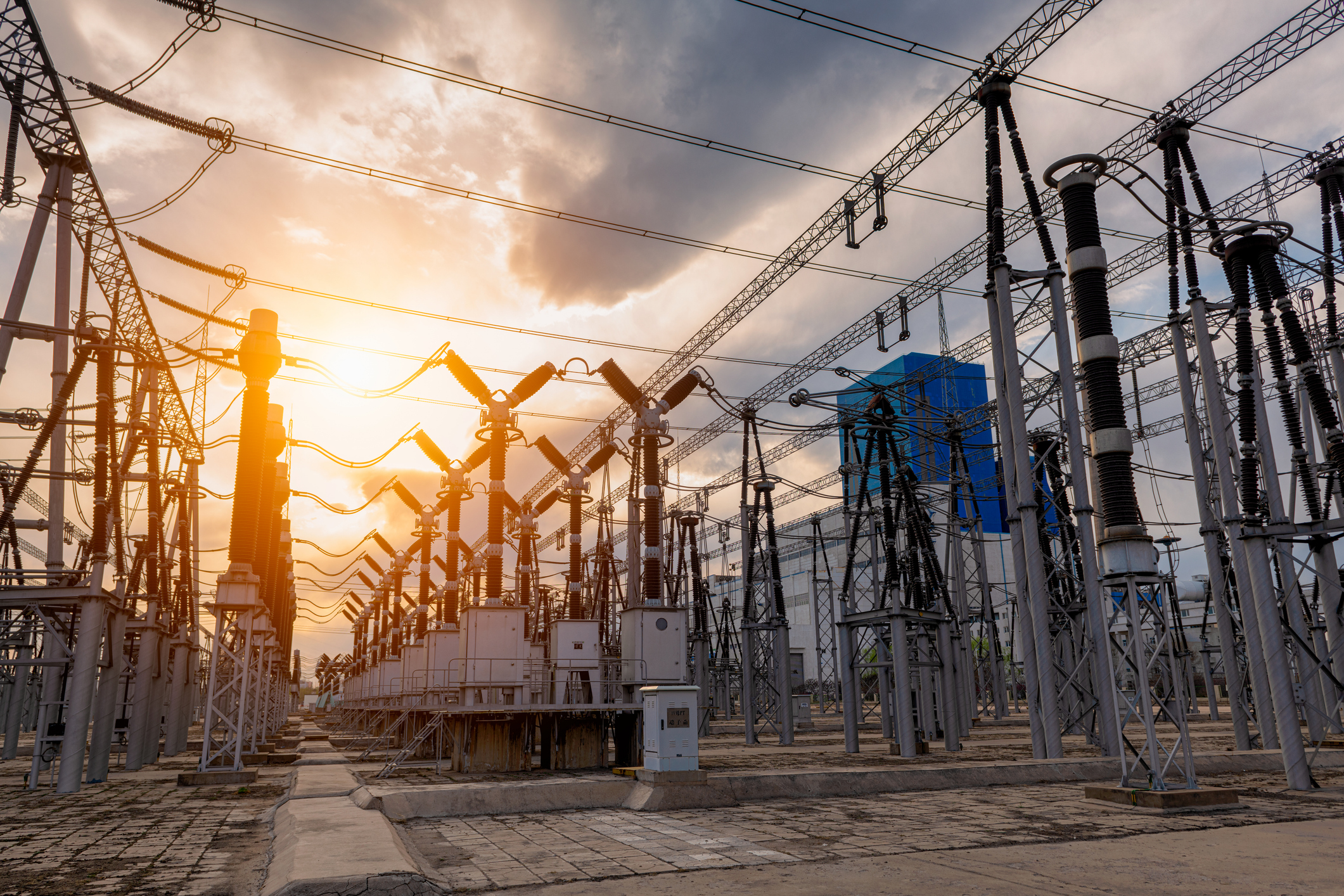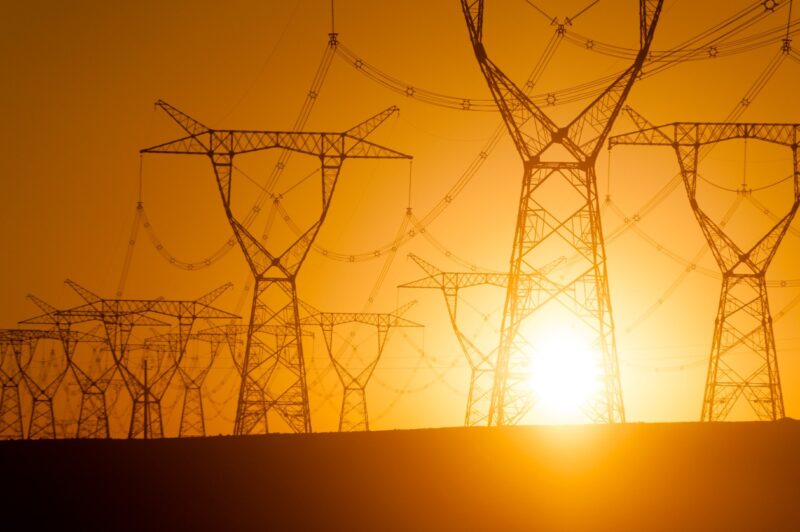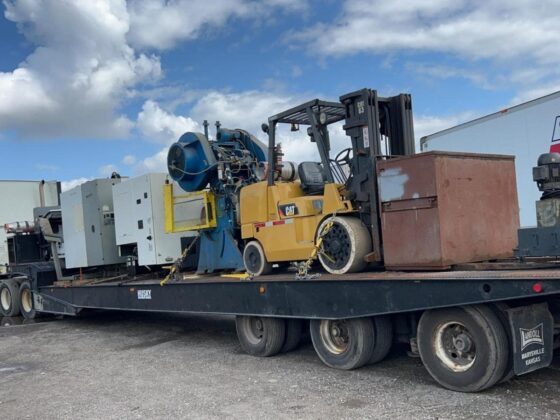The power grid is one of the most complex and essential engineering marvels of the modern world, yet for most people, it’s an invisible system that works behind the scenes. We simply flip a switch, and the light comes on. But how does electricity travel from a power plant hundreds of miles away to the socket in your wall? Understanding the basics of the grid reveals the incredible coordination required to keep our homes, businesses, and cities running. This guide breaks down this complex network into a simple, step-by-step journey.
From Generation to Your Home: The Electricity’s Journey

The power grid’s primary mission is to balance supply and demand in real-time, ensuring that the exact amount of electricity being produced is the amount being consumed. This journey involves three main stages: generation, transmission, and distribution. It begins at power plants, where electricity is generated from various sources like coal, natural gas, wind, or solar. The key to making the entire system work is a stable and consistent connection between these generation sources and the end-users, a complex task managed by specialists. If you are interested in the professionals who design and maintain these critical links, you can click here to find out more about grid connection engineer roles and their importance.
The High-Voltage Highway: The Transmission Network

Once electricity is generated, it’s not yet ready for your home. It enters the transmission system, which is the long-distance, high-voltage network you see carried by massive steel towers crossing the countryside.
The reason for using such high voltages (often hundreds of thousands of volts) is efficiency. High-voltage transmission reduces energy loss over long distances, acting like a wide-open freeway that allows electricity to travel quickly and efficiently from power plants to populated areas.
Stepping Down for Safety: The Distribution Grid

The electricity on the transmission lines is far too powerful for safe use in homes and businesses. Before it can be delivered, it must be “stepped down” to lower voltages. This happens at substations, which feature large transformers that perform this crucial task.
From the substation, the lower-voltage electricity travels through a network of smaller power lines, often on wooden poles, that run through neighborhoods. This is the distribution grid. Finally, a smaller transformer, typically a cylindrical can on a utility pole or a green box on the ground, steps the voltage down one last time to the safe 120/240 volts used in your home.
Conclusion
The power grid is a seamlessly integrated system that functions as a continuous chain. From the moment electricity is generated, it is efficiently transported across vast distances via high-voltage transmission lines, carefully stepped down to safe levels at substations, and finally delivered reliably to our doorsteps through the local distribution network. This intricate dance of generation, transmission, and distribution is a testament to human ingenuity, ensuring that the power we rely on every day is available the instant we need it.

